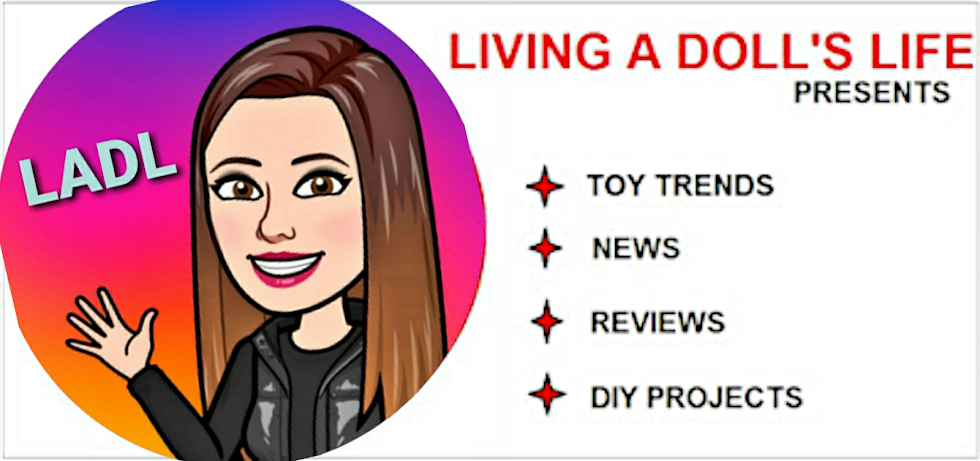The children evacuees during the London blitz had small bags of belongings and were given evacuee tags.
 |
| LINK |
 |
| LINK |
Why were children evacuated?
People expected cities to be bombed, as enemy planes tried to
destroy factories. But bombs would hit homes and schools too, so
children would be in danger. The government tried at the start of the
war to 'empty the cities' of children and mothers, This was
'evacuation', to protect them from air raids.
The plan was put into action in September 1939. About 800,000 children
left their homes. However, many returned home after a few weeks. Others
stayed in the countryside for the rest of the war.
Where did children go?
Children were sent from cities to places where there was less risk
of air raids. Many London children went to Devon, Cornwall and Wales.
Other children moved to villages in the North, East Anglia and Scotland.
Evacuees went to live with host families.
Their new homes were called 'billets'. 'Billeting officers' arranged
for people to look after the children. Things did not always go to
plan. Some children ended up in the wrong places. Sometimes evacuees
just stood in a line, and local people picked which children to take.
A smaller number of children (perhaps 10,000) went to other countries such as Canada, Australia and the United States.
How did evacuees travel?
An evacuation journey often began with a walk to school. Then it was
off in buses to the station, where special trains were waiting. It was
quite exciting, but most children felt sad as they waved goodbye to
their mothers and the steam train puffed away.
Every evacuee had a gas mask,
food for the journey (such as sandwiches, apples, chocolate) and a
small bag for washing things and clothes. Pinned to the children's coats
were labels. On the label were each child's name, home address, school
and where he or she was going. Often the journey took several hours.
Life for evacuees
Though evacuees missed their homes, many enjoyed the country.
Country life was full of surprises. Some city children had never seen a
cow, and were startled to see where milk came from. Seeing carrots
growing in muddy fields, one child said in disgust 'ours come in tins'.
Locals and evacuees
went to school and played together. Most became friends, though local
children sometimes said it was unfair when the 'townies' were given
sweets and parties!
 |
| LINK |
 |
| LINK |
The wartime kitchen
In some kitchens people cooked on a 'stove' heated by a coal or wood
fire. The stove heated the room and cooked meals. Most kitchens had a
gas cooker though some had electric cookers.
Not many people had a refrigerator. People went shopping to buy fresh
food most days. To keep flies away from meat, they kept meat in a small
cupboard called a 'meat safe'. They kept bread in a bread bin and
biscuits in tins. Families ate some tinned foods, such as tinned meat,
peas and baked beans, but hardly any frozen foods.
You could only buy fresh fruit grown in Britain, such as apples or
pears. Fruits that had to come in ships, like bananas, vanished from the
shops. Many ships were being sunk by enemy submarines, and precious
ship-space was needed for war materials (such as oil or guns) not bananas.
Listening to the Radio
Almost every home had a radio or 'wireless'. Most radios came in a
case made of Bakelite, a kind of plastic. In Britain, all the
programs came from the BBC. People listened to the radio news, and
read newspapers, to find out what was happening in the war.
The BBC also broadcast war news in foreign languages. People in France and other occupied countries listened in secret, because the Nazis punished anyone caught listening to the BBC.
Radio was not all news. There were comedy shows, talks and plays, and
sports broadcasts. Lively music on the radio helped weary factory
workers keep working!
Writing Letters
Not every home had a phone (and there were no mobile phones).
Pay-phones in red 'telephone boxes' did not always work after air raids,
because of bombs. To keep in touch, people wrote letters. Evacuees wrote postcards and letters home. Men and women in the Forces wrote home too.
The sight of a messenger hurrying to a door with a telegram made people feel anxious. Telegrams often brought sad news - that someone had been killed in an air raid or in a battle.
Friends and Neighbors
With many parents away or at work, children were often left to look
after themselves. They played in fields or in the street. Street games
were safer than they would be today, because there were so few cars.
Children helped clear up after air raids. They ran errands to the
'corner shop'. Older children looked after younger ones. Often
neighbors and grandparents helped too. Many families were 'bombed out'
(their homes were damaged by bombs). When this happened, neighbors
offered food and beds, and lent clothes or furniture.
There is a great interactive website to learn more about the children of Clementine's time.

Very, very interesting!!!
ReplyDeleteWe nominated you for the Grateful Blogger award!
ReplyDeletehttp://thesavagedolls.blogspot.com/2015/08/we-have-been-nominated-for-award.html
Reminds me of The Lion, The Witch and The Wardrobe.
ReplyDeleteMolly's friend Emily was one of the evacuees that found herself in the US.
ReplyDeleteSo many good movies linked to this troubled time in history...The Lion, The Witch, and The Wardrobe; Bedknobs and Broomsticks; Nanny McPhee Returns...
~Xyra